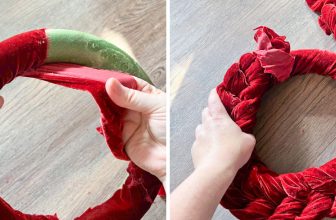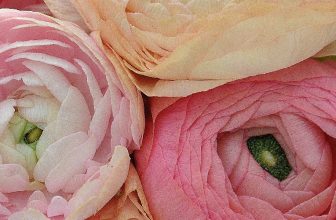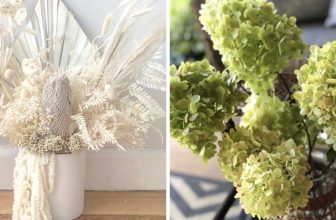How to Dry Flowers for Potpourri
Drying flowers for potpourri is a delightful and creative way to preserve the beauty and fragrance of your garden blooms. By learning how to dry flowers for potpourri, you can create aromatic blends that infuse your home with nature’s scents while adding a charming decorative element. The benefits of using dried flowers extend beyond their appealing aesthetics; they offer a natural fragrance that can enhance your living space and create a soothing atmosphere.
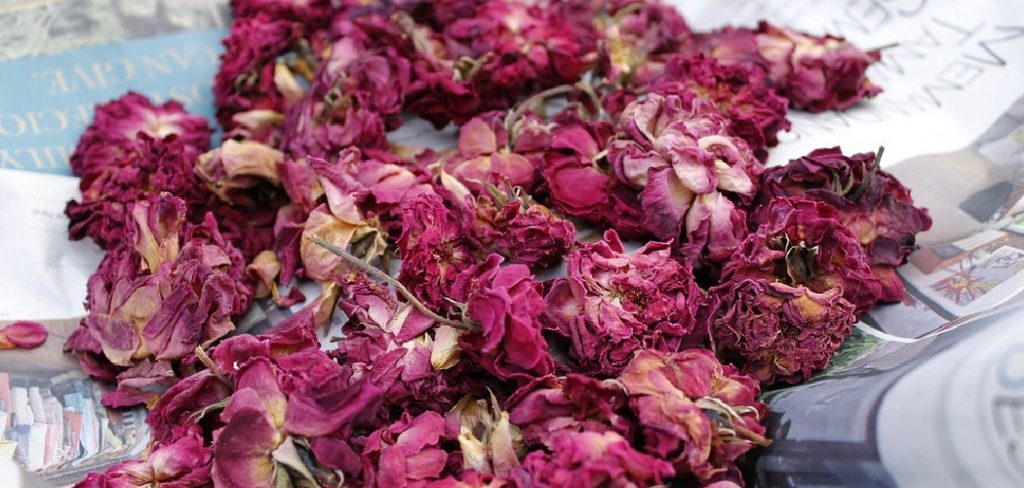
Additionally, dried flowers have a long shelf life, allowing you to enjoy your creations for months or even years. Various methods exist for drying flowers, including air drying, using a dehydrator, microwave drying, oven drying, and pressing. Each technique offers unique advantages and ensures that your dried flowers maintain their vibrant colors and captivating scents, providing you with beautiful and fragrant potpourri to enjoy or share.
Choosing the Right Flowers
Selecting the right flowers is crucial for creating beautiful and fragrant potpourri. Certain types of flowers are particularly suitable for drying, with popular choices including roses, lavender, marigolds, and chrysanthemums. These flowers retain their color and possess delightful scents that enhance the overall fragrance of your potpourri blend. When choosing flowers, it’s essential to opt for fresh, undamaged specimens; wilted or bruised flowers may not retain their appeal and can lead to a less-than-desirable outcome. Look for blooms that are in full bloom or just beginning to open, as they will dry well and maintain their color.
Additionally, focus on varieties that have strong scents and vibrant colors, as these qualities will contribute to a more aromatic and visually appealing potpourri. Flowers like jasmine, peonies, and larkspur can be excellent choices too, adding depth and richness to your final blend. By carefully selecting your flowers, you can ensure that your potpourri is both beautiful and fragrant, showcasing nature’s best offerings.
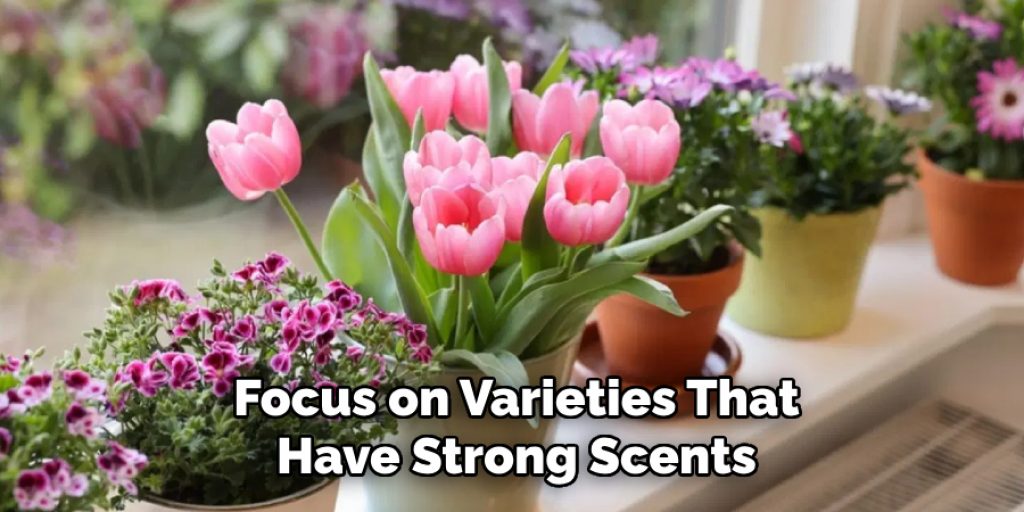
Materials Needed
To dry flowers for potpourri, you’ll need a few essential materials and tools to ensure a successful process. The primary materials include:
- Flowers: Choose your desired blooms such as roses, lavender, or marigolds.
- Silica Gel: This desiccant helps to absorb moisture and preserve the color and shape of the flowers.
- Drying Rack: A mesh drying rack provides good airflow for air-drying flowers.
- Microwave-Safe Container: If you use microwave drying, a container that can withstand heat is necessary.
In addition to the primary materials, you may want to consider the following optional items to enhance your potpourri:
- Herbs: Common choices are rosemary or thyme, which can complement floral scents.
- Spices: Cinnamon and cloves add warmth and a delightful aroma.
- Essential Oils: These can intensify the fragrance of your potpourri.
- Sealable Bags or Containers: These are useful for storing your finished potpourri.
Lastly, be sure to have the necessary tools on hand:
- Scissors: For cutting the stems of the flowers.
- Rubber Bands: To bundle flowers together for drying.
- Paper Towels: These are used to clean up any spills or excess moisture.
How to Dry Flowers for Potpourri: Drying Methods
1.Air Drying
Air drying is one of the simplest and most natural methods for drying flowers. To prepare flowers for air drying, first, remove any excess foliage that may retain moisture and hinder the drying process. Next, gather the flowers into small bundles and secure them with rubber bands; this prevents individual blooms from falling apart during the drying phase. Once your bouquets are ready, hang them upside down in a dark, well-ventilated area, which helps maintain the flowers’ colors and prevents premature fading. It’s important to choose a location away from direct sunlight, as this can lead to discoloration.
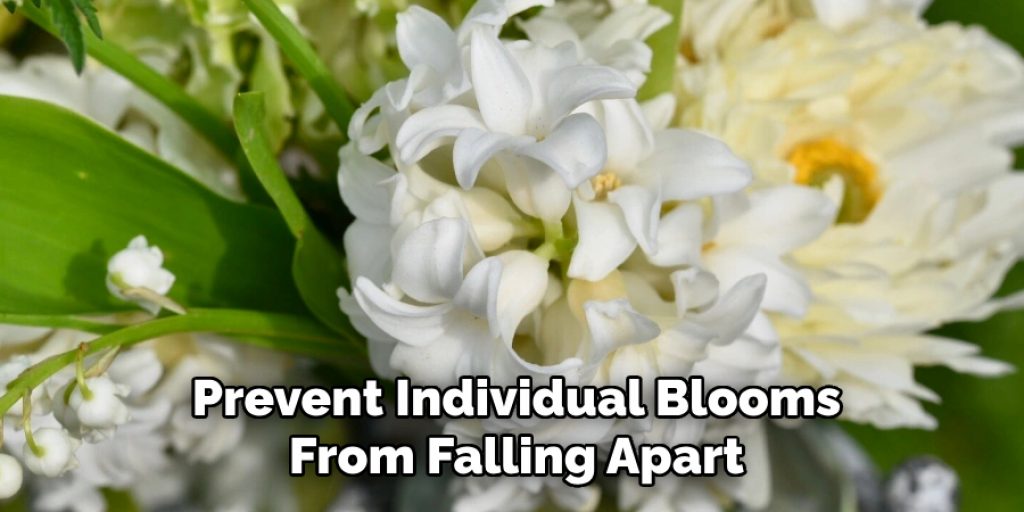
To ensure even drying, make sure the flowers are not crowded or touching each other, which can lead to mold growth. Regularly check the bundles for any signs of dampness. Flowers typically take about two weeks to fully dry using this method, but checking on them frequently can help you gauge their progress and ensure optimal results.
2.Using a Dehydrator
Setting up a food dehydrator for drying flowers is a convenient option that reduces drying time significantly. Start by arranging the flowers on the dehydrator trays, ensuring they are placed without overlapping to promote even drying. Depending on the type of flowers you’re using, a recommended temperature setting is around 95°F to 115°F. Each flower type may require different drying times, so it’s best to check them periodically. Most flowers will dry within 4 to 8 hours, but thinner blooms might dry faster.
They can be removed from the dehydrator once they feel crisp to the touch. Allow the flowers to cool completely before handling, as this will help preserve their form and prevent crushing.
3.Microwave Drying with Silica Gel
Microwave drying with silica gel is a quick and effective way to preserve flowers naturally. To begin, prepare the flowers by trimming the stems to your desired length and placing them in a microwave-safe container. Surround the flowers with silica gel, ensuring that they are completely covered. This desiccant absorbs moisture and helps the flowers maintain their shape and color during the drying process. Set your microwave to a low power setting, typically around 30% power, to avoid cooking the flowers.
Start with short intervals, about 30 seconds to 1 minute, checking regularly until the flowers feel dry. This method usually takes around 2 to 5 minutes, depending on the material and moisture content of the flowers. After drying, be cautious when removing the flowers from the container, as both the flowers and silica gel can be hot. Store any remaining silica gel in a cool, dry place for future use.
4.Oven Drying
Oven drying is another straightforward method for quickly dehydrating flowers. Begin by preheating your oven to a low temperature, between 100°F to 150°F. Next, spread the flowers evenly on a baking sheet lined with parchment paper, ensuring they are not overlapping to facilitate even airflow around each bloom. Place the baking sheet in the oven and keep the door slightly ajar to allow moisture to escape. Monitor the drying process closely, checking the flowers every 15-30 minutes for doneness.
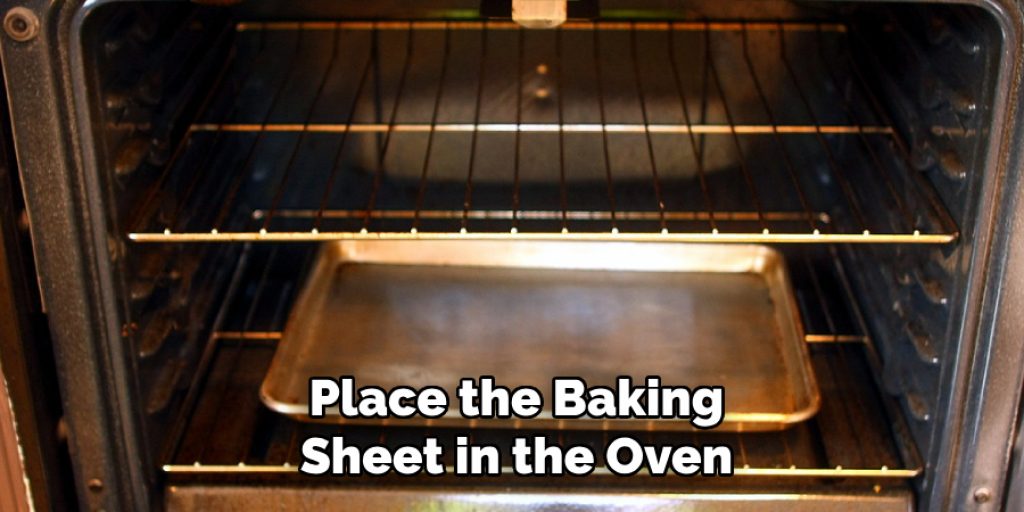
Depending on the type and thickness of the flowers, this method typically takes between 1 to 3 hours. Once they feel dry and brittle to the touch, remove them from the oven and allow them to cool completely before storing. This method can effectively preserve the color and shape of the flowers if careful attention is paid during the drying process.
5.Pressing Flowers
Pressing flowers is an age-old technique that yields beautifully flat, dried blooms perfect for various crafts. Use heavy books or a dedicated flower press to flatten and dry your selected flowers. Begin by placing the flowers between sheets of parchment or blotting paper to absorb moisture. Once arranged, place the books or press under significant weight to ensure even pressure.
Allow the flowers to dry completely, which can take several weeks, depending on the thickness and moisture content of the petals. After drying, carefully remove the flowers, and they are ready to be used in art, scrapbooking, or other decorative projects.
Combining Dried Flowers for Potpourri
Creating an enchanting potpourri begins with carefully selecting dried flowers and their complementary ingredients. When mixing dried flowers, consider pairing them with rosemary or thyme, which provide an aromatic balance to the floral notes. Incorporating spices like cinnamon and cloves introduces warm, earthy scents that elevate the overall fragrance profile.
To further enhance the aroma, adding a few drops of essential oils can significantly intensify the bouquet. Choose oils that align with the scents of your other ingredients—for example, a drop of lavender oil can enrich a mixture featuring dried lavender flowers. It is important to ensure a balanced blend of scents and colors, creating a potpourri that is visually appealing as well as fragrant.
Aim for a variety of shapes and hues, combining delicate blooms with sturdier elements like spices and herbs to achieve texture. Experimenting with different combinations allows for personalization, so feel free to adjust ingredients until you discover your perfect potpourri. Store your finished mix in a sealable bag or container to preserve its fragrance and charm.
Storing and Maintaining Dried Flowers
Proper storage of dried flowers is essential to maintain their freshness and vibrant colors. The ideal method is to store them in airtight containers, ensuring that the air is kept out to prevent moisture from causing deterioration. Opt for a cool, dry place, away from humidity, as this environment helps preserve the flowers’ integrity. For potpourri, refreshing your mix with additional essential oils over time can rejuvenate its scent.
Simply add a few drops of your chosen oil to the dried flowers, mixing gently to distribute the fragrance evenly. Avoiding direct sunlight exposure is vital, as this can lead to fading and loss of scent. Instead, keep your potpourri away from windows and bright light to prolong its aromatic lifespan.

Conclusion
In summary, learning how to dry flowers for potpourri offers a delightful way to create unique and fragrant blends for your home. Each drying method, from air drying to microwave techniques, has its advantages, allowing you to choose based on your time and patience. Using dried flowers beautifies your space and adds delightful scents that can calm and uplift you. Don’t hesitate to experiment with various flowers and scents to create your personalized potpourri blends that reflect your style and preferences, transforming your living environment into a fragrant sanctuary.

